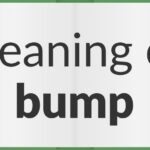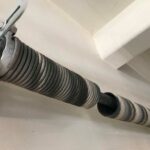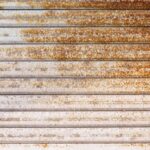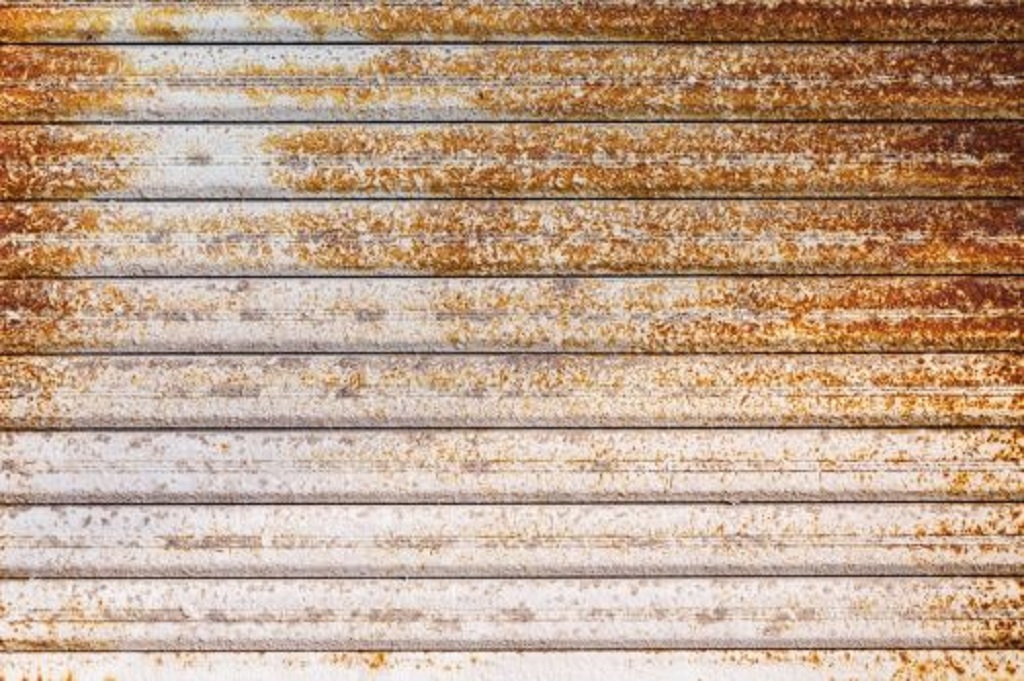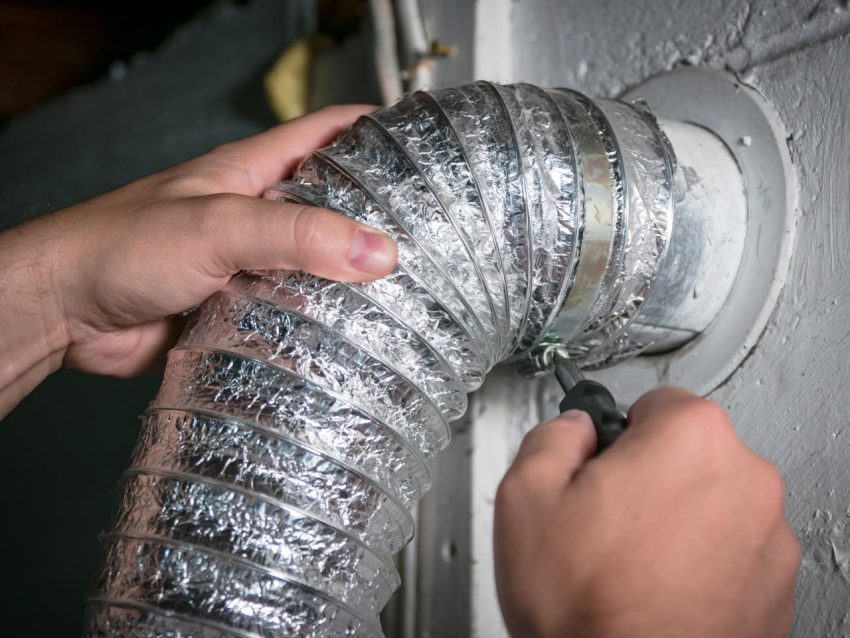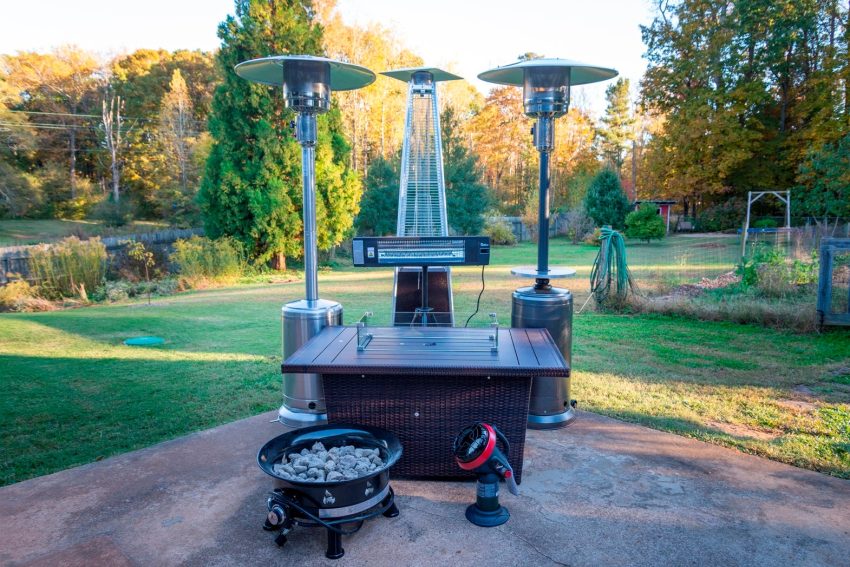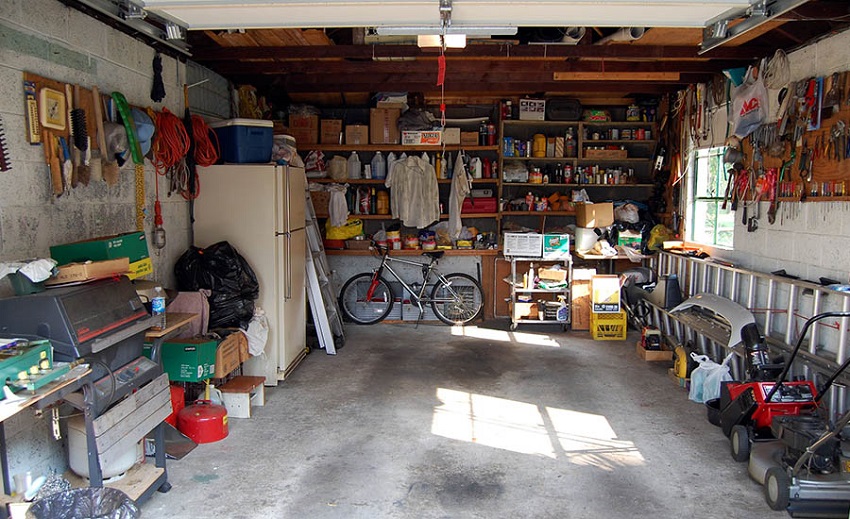Rust on your garage door can be an eyesore and lead to more severe problems if left untreated. Thankfully, there are several effective methods for repairing rust damage, restoring your garage door, and preventing future rust. You can tackle this repair project yourself with essential tools and supplies, some elbow grease, and proper preparation. Let’s see how to repair garage door rust.
Understanding Garage Door Rust

Garage doors are constantly exposed to the elements, including rain, snow, and humidity. Over time, these can cause the metal to rust, especially if the factory paint coating gets chipped or scratched—rust forms when the iron in the steel reacts with moisture and oxygen. The rust can eat away at the metal as it expands, eventually causing holes, cracks, and structural weakness.
Common Causes of Rust
There are a few common causes of garage door rust:
- Exposure to moisture – Wet weather, humidity, sprinklers, etc can accelerate rusting.
- Damage to the paint/coating – Chips, scratches, and peeling paint leave the metal vulnerable.
- Poor ventilation – Lack of airflow allows moisture to linger.
- Salt and road debris – Salts, dirt, and chemicals speed up corrosion.
- Age and wear – Older garage doors are more prone to rust problems.
- Inferior materials – Low-quality steel is more likely to rust than galvanized or stainless steel.
Areas Prone to Rust
Though rust can occur anywhere, some parts of a garage door tend to be more affected:
- Bottom panels – These are exposed to sprinklers, rain splash back, and snow buildup. Rust often appears along the bottom first.
- Hardware – Hinges, bolts, screws, and mounting brackets are vulnerable, especially if scratched.
- Seams and joints – Where separate panels meet, it provides an entry point for moisture.
- Behind weatherstripping – Trapped moisture can cause hidden rusting.
- Cut edges – The sides of the door panels that were cut during manufacturing.
Signs of Rust Damage
Some clear signs that your garage door is starting to rust include:
- Visible corrosion – Yellow, orange, or brown discoloration on the surface.
- Paint bubbling – Rust under the paint causes bubbles or blisters.
- Pitting – Small holes and divots in the metal from rust expansion.
- Flaking – Peeling paint and metal, along with falling debris.
- Cracking – Rust weakens the metal, causing cracks and gaps.
- Noise – Creaking, cracking, and squeaking noises during operation.
Risks of Unresolved Rust
If garage door rust is left unchecked, it can cause several problems:
- Weakening – Rust compromises the structural integrity and performance.
- Malfunction – Rusty hardware can jam and cause opener issues.
- Further damage – Rust spots spread, causing extensive pitting.
- Visibility issues – Severe rust can obstruct window view panels.
- Appearance – Rust looks dirty and unmaintained.
- Safety hazards – Weak panels, cables, and springs can break and cause injury.
Stopping rust in its early stages keeps your garage door functional and safe.
Preparing to Repair Garage Door Rust
Repairing rust is going to involve some messy work. But with the proper prep, you can contain the mess and set yourself up for success:
Gather Supplies
You’ll want to have these supplies on hand before starting:
- Wire brush
- Sandpaper
- Paint scraper
- Metal primer/sealer
- Top coat garage door paint
- Rags
- Painter’s tape
- Drop cloths
Ensure you have suitable ladders or scaffolding to reach the full height of the door safely.
Safety First
When dealing with rust removal, eye protection, gloves, and a mask are a must to protect yourself. Work in a well-ventilated area and contain debris. Sweep up any rust flakes regularly to prevent slip hazards.
Clean the Area
Use a hose and non-abrasive cleaner to wash the garage door thoroughly first. This will remove built-up dirt and grime so you can assess the extent of the rust damage. Let the door dry completely before moving on to rust removal.
Isolate Hardware
Use painter’s tape to cover any hinges, rollers, bolts, and hardware you don’t want to be damaged by your rust removal methods. Some solvents and treatments can deteriorate rubber seals and plastic parts if over-applied.
Protect Surrounding Areas
Cover nearby vehicles, landscaping, and other surfaces with drop cloths to shield them from rust debris. You’ll also want to keep pets and children away from the work area for their safety.
Effective Methods for Removing Garage Door Rust
You can use several techniques to remove rust from your garage door panels thoroughly. A combination of methods often works best to combat light, medium, and severe rusting.
Hand Scraping
Using a paint scraper, you can manually scrape off any loose, flaking rust. Hold the scraper at a 45-degree angle and carefully scrape towards yourself. Take care not to gouge or scratch the metal. Dispose of debris as you go.
This works well for lightly surface-rusted areas and to prep for additional rust removal. But hand scraping alone generally doesn’t remove all rust.
Wire Brushing
For more stubborn rust, a wire brush is more effective for scrubbing off corrosion. Wire scratch brushes can be used by hand or with a power drill.
Focus on each area until you expose shiny bare metal underneath. This takes some muscle but gives the best results for medium rust.
Sanding
You can use an electric sander with 80-100 grit sandpaper to smooth deeper pitted areas. The sander lets you get into grooves and etched sections more efficiently.
Take care not to overdo it on thinner metal. Sanding should only be done once heavy rust is removed.
Chemical Rust Removers
There are specialty chemical solutions available to dissolve rust and etch the metal. Products like Loctite Naval Jelly or Evapo-Rust can be brushed on and rinsed off according to directions.
Chemical removers work well for rust inside crevices, seams, and smaller sections. Exercise caution when using chemicals and wear appropriate gloves and eye protection.
Grinding / Sandblasting
For extensive rusting, using a grinding wheel or sandblaster provides aggressive removal. This quickly strips all rust but should only be done with proper equipment and experience. The metal surface can be easily damaged if not handled carefully.
Abrasive removal like this is only necessary for salvaging heavily corroded garage doors. Most rust can be eliminated with hand tools and a little elbow grease.
Applying Rust Prevention Coatings
Once you’ve removed all visible rust, it’s crucial to seal the exposed metal with protective coatings. This prevents moisture from re-initiating the rust cycle.
Dry & Clean
After finishing rust removal, wipe down with clean rags to remove debris, dust, or chemicals. Let the metal fully dry before applying any liquid coatings.
Metal Etch Primer
Use a metal etching primer designed explicitly for galvanized steel and iron. The etching acids slightly roughen the surface to help coatings bond tightly. Allow the primer to dry per the manufacturer’s instructions.
Rust Prevention Paint
Apply 2-3 layers of high-quality rust-inhibiting paint formulated for garage doors and metal exteriors. Sherwin Williams DTM Acrylic Coating or Rustoleum Metalmax are good options. Allow proper drying time between coats.
Sealing Joints
Use weatherproof silicone caulk to seal any joints, seams, and screw holes that could let moisture underneath the new paint. Let the caulk fully cure before operating the door.
Clear Coat (Optional)
Apply 1-2 layers of clear polyurethane sealant over your painted metal door for added gloss and UV protection. This locks in the paint and creates a wipeable surface.
Preventing Future Garage Door Rust
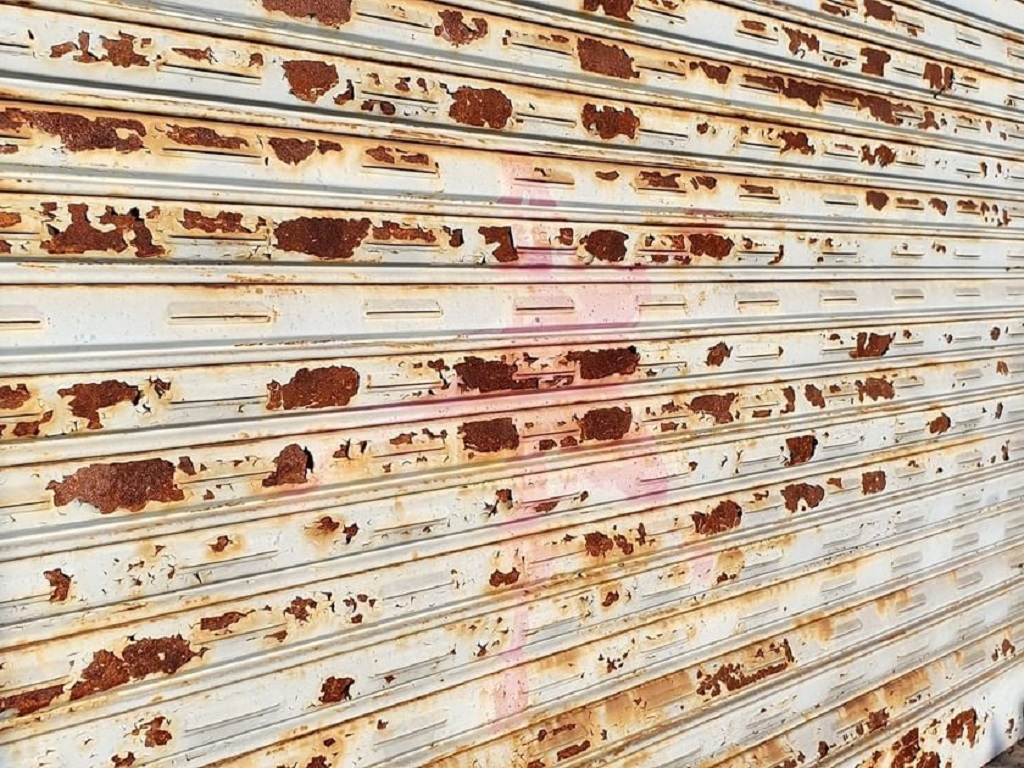
No matter how thorough your rust repair is, ongoing prevention is needed to avoid repeating this project every couple of years. Here are some tips to keep your garage door free of rust long-term:
- Inspect the door regularly for paint chips and check edges and hardware. Touch up immediately.
- Keep exterior seals and weatherstripping in good condition. Replace if cracked or loose.
- Install rain gutters above the door to direct water runoff from the opening.
- Frequently wash the door with a non-abrasive cleaner to remove salt and debris.
- Apply liquid car wax 1-2 times yearly for added moisture protection.
- Open the door entirely after wet weather to allow the inside to dry out.
- Lubricate hardware and maintain proper balance to prevent grinding and friction.
- Consider upgrading older steel doors to modern galvanized, aluminum, or composite doors that resist rust.
With diligent maintenance and swift touch-ups, your newly restored garage door should stay rust-free and functional for many years before needing extensive repairs again. Don’t let rust eat away at your door’s lifespan.
5 Common Garage Door Rust Repair FAQs
Still have some questions about tackling your garage door rust repair project? Here are answers to 5 frequently asked questions:
Q: Is it okay to paint over rust without removing it first?
A: No, simply painting over rust is ineffective. Existing rust will continue spreading under the new paint. Proper removal of bare metal is necessary before applying coatings.
Q: What kind of sander should I use to remove garage door rust?
A: An orbital sander with 80-100 grit sandpaper works well for smoothing and removing stubborn rust spots after scraping. Use gentle pressure to avoid digging into metal.
Q: My garage door is extensively rusting. Do I need to replace the whole thing?
A: Not necessarily. Even doors with heavy rusting can often be repaired and restored to full functionality as long as the panels remain intact. Ultimately, eaten-through panels may need replacing.
Q: I have rust coming through my painted garage door. How can I stop this?
A: Rust under paint means moisture is getting between the paint and metal. Thoroughly remove all rust, etch prime the metal, and repaint with high-quality garage door enamel paint. Be sure to caulk seams.
Q: What primer should I use before painting a repaired rusty garage door?
A: Use a metal etching primer made for galvanized steel or iron. It contains acids that help the new paint adhere by slightly roughing the freshly exposed metal surface. Allow to dry before painting entirely.
Conclusion
Although rust can seem like an inevitable nuisance on steel garage doors, with some DIY determination, you can stop it in its tracks. When learning how to program a garage door opener, it’s essential to address rust promptly by employing thorough removal techniques and properly sealing the metal, as this will not only ensure smooth functionality but also restore your garage door to like-new condition.
A small investment of time and elbow grease prevents expensive repairs or replacements down the road.
Keep your garage door rust-free for both aesthetic and functional reasons. Then, you can operate and look at your door without eyesores or safety concerns. This project is manageable for most homeowners with the proper prep and products. Spending a weekend removing existing rust and adding fresh protection pays big dividends for the life of your garage door.




